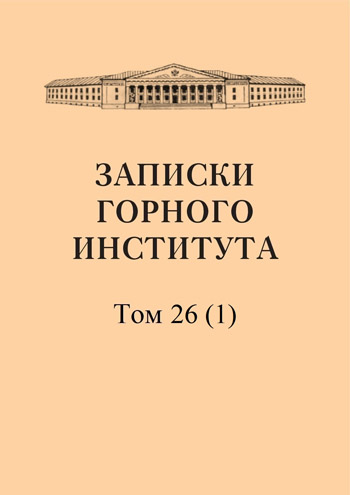Comparative analysis of joint and separate adjustment of two points of mine survey triangulation
Abstract
The article studies the relationship between the errors in the position of two mine triangulation points rigidly inserted into the existing base network, with their separate and joint adjustment. The solution to this problem is of considerable interest to mine surveying practice when replenishing the existing mine triangulation network with new points as mining operations develop. In this case, when inserting new points, the mine surveyor is forced to accept previously determined points as initial ones, due to which sometimes a significant number of stages in constructing the network arises and its accuracy is reduced to a certain extent. The mine surveyor must be able to quantitatively assess the loss of accuracy of network elements caused by separate adjustment of existing and newly determined points, and on this basis decide on the choice of one or another scheme for inserting points and the most appropriate use of the reference network when solving mine surveying and other engineering problems. If the mine network points are determined simultaneously, then preference, of course, should be given to their joint adjustment, since under normal conditions it always increases the weight to a certain extent elements of the network. But even in this case, the results obtained in the article are of interest, since they shed new light on the issue of the relationship between the weights of network elements in separate and joint equalization of the points being determined and allow a more correct assessment of the merits of the latter.
